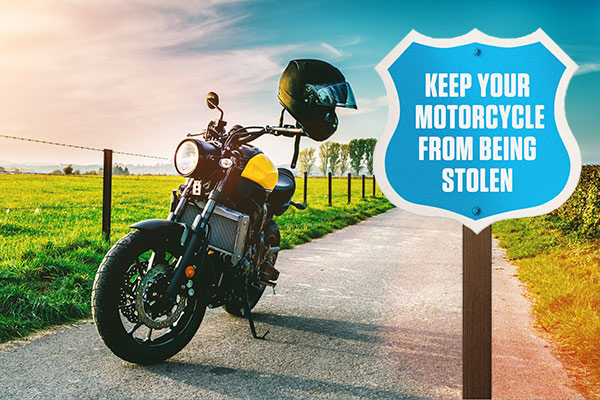When’s the best time to throw a backyard bash? Well, anytime it’s warm and dry enough, of course. While summer clearly serves up the most opportunities for outdoor fun, an unexpectedly warm spring or fall day can also inspire alfresco amusement.
While turning a casual backyard gathering into a smashing success doesn’t require a load of labor, it does mean more than just firing up the BBQ. Here’s how the pros prep for guests by grooming the yard, fixing the menu just right and keeping away the pests.
Prim ’N Trim The Yard
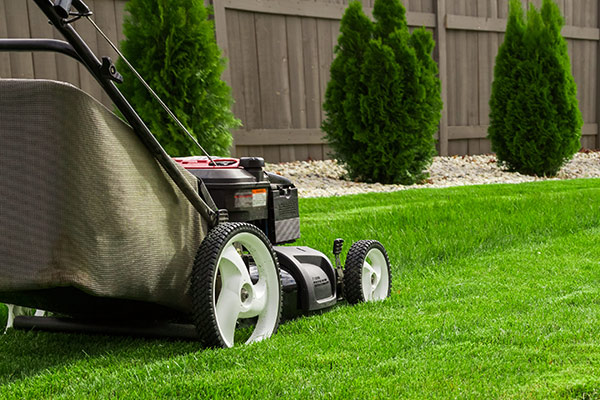 Before setting up tables and chairs, give your yard a mini-makeover, says Seri Kertzner, owner of Little Miss Party Planner in New York City (which, yes, does have plenty of backyards). You don’t need to go overboard by planting all new stuff, she suggests—but give your lawn and hedges a trim. “Removing the overgrowth not only looks great,” she says, “but also helps keep away bugs.” Spruce up your yard with potted plants and flowers for a natural-décor theme. And if you plan on going into the night, place tiki torches near seating areas (keeping a safe distance from anything flammable).
Before setting up tables and chairs, give your yard a mini-makeover, says Seri Kertzner, owner of Little Miss Party Planner in New York City (which, yes, does have plenty of backyards). You don’t need to go overboard by planting all new stuff, she suggests—but give your lawn and hedges a trim. “Removing the overgrowth not only looks great,” she says, “but also helps keep away bugs.” Spruce up your yard with potted plants and flowers for a natural-décor theme. And if you plan on going into the night, place tiki torches near seating areas (keeping a safe distance from anything flammable).
Create Comfort Zones
Keep things casual, recommends Kertzner, by creating “pockets of seating, instead of getting formal with tables and chairs.” Try group blankets and beach towels on the grass or inflated pool floaties around the yard. Open up your indoor living spaces too, so guests can move around easily and mingle. Iffy weather? Consider an outdoor tent to protect your party from unwanted sun or rain.
Pest Control
 Citronella candles may be known to help keep bugs away, but mosquitoes aren’t the only pests around. Backyard parties can attract an array of critters, including raccoons, rabbits or even the neighbors’ dog. Help deter those seeking to crash your bash with lots of lighting; and reduce your menu’s luring scents by keeping food platters covered. Dodge unwanted bites by keeping insect-repellent wipes handy—an alternative to spraying guests (or food!) with the bottled kind. (Read more about Natural and Effective Pest-Control Techniques here.)
Citronella candles may be known to help keep bugs away, but mosquitoes aren’t the only pests around. Backyard parties can attract an array of critters, including raccoons, rabbits or even the neighbors’ dog. Help deter those seeking to crash your bash with lots of lighting; and reduce your menu’s luring scents by keeping food platters covered. Dodge unwanted bites by keeping insect-repellent wipes handy—an alternative to spraying guests (or food!) with the bottled kind. (Read more about Natural and Effective Pest-Control Techniques here.)
Cook Up Some Fun
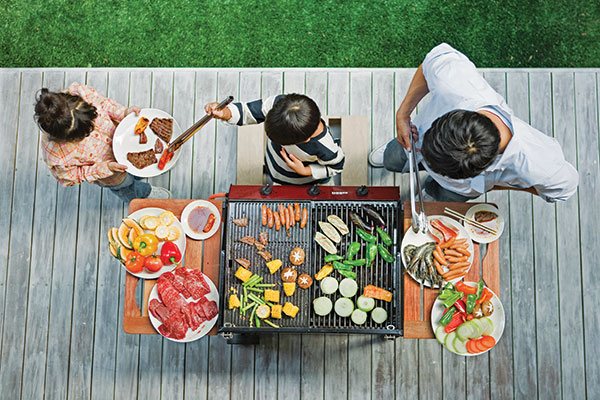 Your menu will likely be the main event. According to Michael Ruhlman, author of the book Grocery: The Buying and Selling of Food in America, hosting an outdoor affair creates opportunities to serve everything from favorite finger foods to high-end grilled meats and veggies. Backyard parties are also a good chance to experiment. If Ruhlman is serving macaroni or potato salad, for example, he may put some jerk paste or chipotles in the mix. “Food should be heavily seasoned, highly spiced,” he says. “And at least one item should be cooking on a grill for the aroma and smoke.” (Check out this Easy Chipotle Guacamole Recipe for a quick crowd-pleaser.)
Your menu will likely be the main event. According to Michael Ruhlman, author of the book Grocery: The Buying and Selling of Food in America, hosting an outdoor affair creates opportunities to serve everything from favorite finger foods to high-end grilled meats and veggies. Backyard parties are also a good chance to experiment. If Ruhlman is serving macaroni or potato salad, for example, he may put some jerk paste or chipotles in the mix. “Food should be heavily seasoned, highly spiced,” he says. “And at least one item should be cooking on a grill for the aroma and smoke.” (Check out this Easy Chipotle Guacamole Recipe for a quick crowd-pleaser.)
However, not all dishes require hours of labor with a spatula. To satisfy grazers and keep you out of the kitchen, choose foods you can cook ahead of time and serve up buffet-style. Prep classics like baked beans in a slow cooker, for example, and set out a build-your-own hot dog bar with toasted buns and fixings. On warm days, remember to keep plenty of chilled water on ice, in addition to summer favorites such as soda, beer, wine and fruit cocktails.
When playing host, it’s always best to be prepared for the unexpected. The same goes for your home. Learn more about a homeowners insurance policy from the GEICO Insurance Agency at geico.com.
By Katrina Woznicki
Summer Appetizers 3 Ways In 15 Minutes Or Less
 Cucumber Avocado Salad
Cucumber Avocado Salad
Servings: 4–6
Ingredients
Vinaigrette
¼ cup olive oil
Juice of 2 limes
½ teaspoon kosher salt
½ teaspoon freshly ground black pepper
½ teaspoon red pepper flakes

Salad
2 English cucumbers, sliced into ¼-inch-thick half-moons
½ avocado, quartered lengthwise and sliced crosswise ¼ inch thick
¼ medium shallot, thinly sliced
2 tablespoons thinly sliced fresh basil
2 tablespoons thinly sliced fresh mint leaves
Red pepper flakes, for garnish
Flaky sea salt, for garnish
Preparation
1. Make the vinaigrette: In a small bowl, whisk together the olive oil, lime juice, kosher salt, black pepper, and red pepper flakes until emulsified.
2. Assemble the salad: Arrange half of the cucumbers in an even layer on a serving platter. Top with the avocado slices, filling in any empty spaces. Top with the remaining cucumbers, allowing some of the avocado to peek through.
3. Drizzle the vinaigrette over the cucumber and avocado. Top with the shallot, basil, mint, red pepper flakes, and flaky sea salt.
4. Serve immediately.
Corn Salsa
Servings: 4–6
Ingredients
3 cups canned or frozen corn kernels, drained or thawed
½ cup halved cherry tomatoes
1 cup diced red bell pepper
1 cup jalapeño, seeded and diced
⅓ cup finely diced red onion
2 large garlic cloves, grated
⅓ cup chopped fresh cilantro
Juice of 2 limes
2 tablespoons olive oil
2 teaspoons kosher salt
2 teaspoons freshly ground black pepper
½ teaspoon red pepper flakes
½ teaspoon ground cumin
Tortilla chips, for serving
Preparation
1. In a large bowl, toss together the corn, tomatoes, red bell pepper, jalapeño, red onion, garlic, and cilantro until combined.
2. Add the lime juice, olive oil, salt, black pepper, red pepper flakes, and cumin and toss until the vegetables are well-coated.
3. Serve immediately, or cover and refrigerate for up to 2 hours. Serve with tortilla chips alongside.
Caprese Stacks
Servings: 4–6
Ingredients
¾ cup balsamic vinegar
16 ½-inch-thick round slices of heirloom tomatoes
Flaky sea salt, for sprinkling
½ cup basil pesto
16 ½-inch-thick round slices of fresh mozzarella cheese
16 fresh basil leaves
Olive oil, for drizzling
Preparation
1. Add the balsamic vinegar to a small saucepan. Bring to a simmer over medium heat and cook until thickened, 5–6 minutes.
2. Arrange half of the heirloom tomato slices on a serving platter. Sprinkle with flaky salt, then spread ½ tablespoon of pesto over each tomato. Top each tomato with a slice of mozzarella, then drizzle with olive oil and the reduced balsamic, and finish each stack with a basil leaf. Repeat to make another layer on top of the first with the remaining ingredients, then sprinkle with flaky salt and drizzle with any remaining balsamic.
3. Serve immediately, or cover and refrigerate for up to 2 hours.
 1. Buy In Bulk
1. Buy In Bulk 5. Be Ready With Games
5. Be Ready With Games




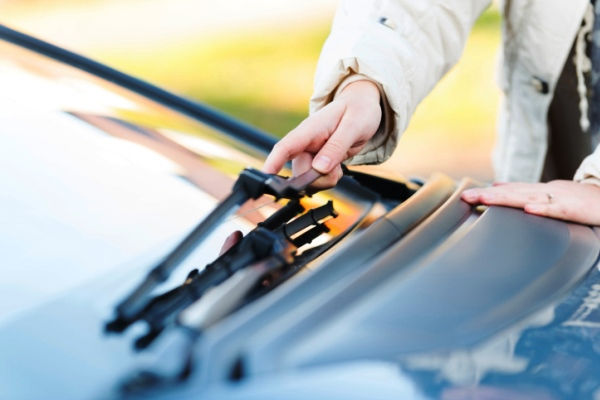 It starts raining and you turn on your windshield wipers, only to hear the absolutely annoying sound of them squeaking against the glass.
It starts raining and you turn on your windshield wipers, only to hear the absolutely annoying sound of them squeaking against the glass. 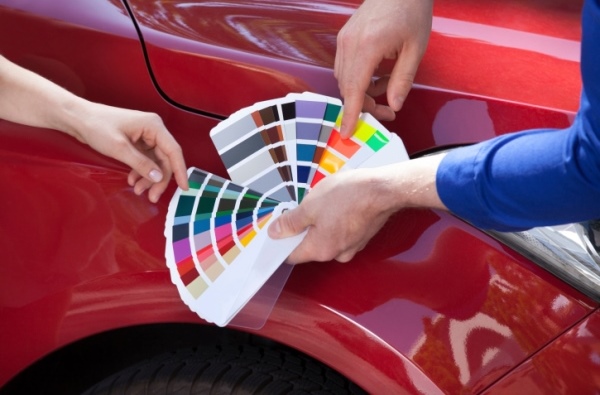 Minor dings and scratches are nothing to ignore—over time, they can cause rust to creep in. But because they’re not super-noticeable, it’s easy to put off getting them properly covered up at a dealership or collision shop. In the meantime, Steven Lang, an auto writer and used-car dealer, suggests keeping rust at bay by painting over the scratches with nail polish.
Minor dings and scratches are nothing to ignore—over time, they can cause rust to creep in. But because they’re not super-noticeable, it’s easy to put off getting them properly covered up at a dealership or collision shop. In the meantime, Steven Lang, an auto writer and used-car dealer, suggests keeping rust at bay by painting over the scratches with nail polish. Was a middle seat the only option when you booked your flight? According to Marybeth Bond of LuxuryTripsWorldwide.com, you may not have to suffer. Check in before you get to the airport, of course, but still head to the kiosk when you arrive; if someone with a better seat gets upgraded to business class, you may be able to grab the vacancy. Use your app to check again at the gate, or ask an agent.
Was a middle seat the only option when you booked your flight? According to Marybeth Bond of LuxuryTripsWorldwide.com, you may not have to suffer. Check in before you get to the airport, of course, but still head to the kiosk when you arrive; if someone with a better seat gets upgraded to business class, you may be able to grab the vacancy. Use your app to check again at the gate, or ask an agent.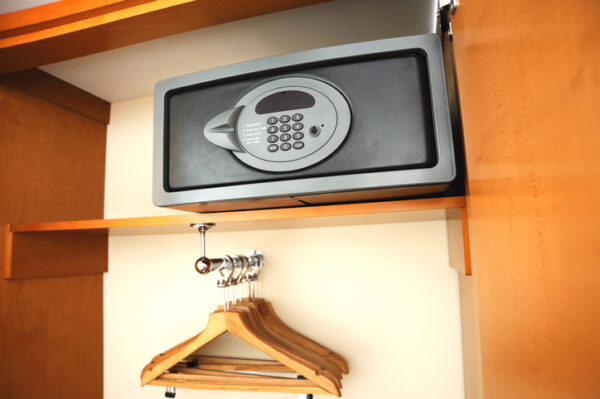
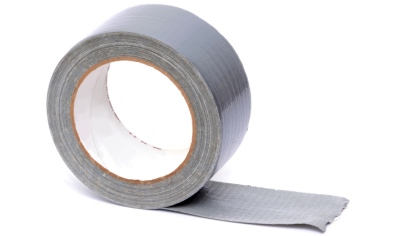 Duct tape, as we know, can be a multipurpose lifesaver when you’re traveling. In a pinch it can fix a suitcase handle, sandal strap, pair of glasses—and nearly anything else that breaks on your journey. But you don’t need a whole roll; just wrap a foot or so around a pencil and toss it in your bag, says Bond.
Duct tape, as we know, can be a multipurpose lifesaver when you’re traveling. In a pinch it can fix a suitcase handle, sandal strap, pair of glasses—and nearly anything else that breaks on your journey. But you don’t need a whole roll; just wrap a foot or so around a pencil and toss it in your bag, says Bond.



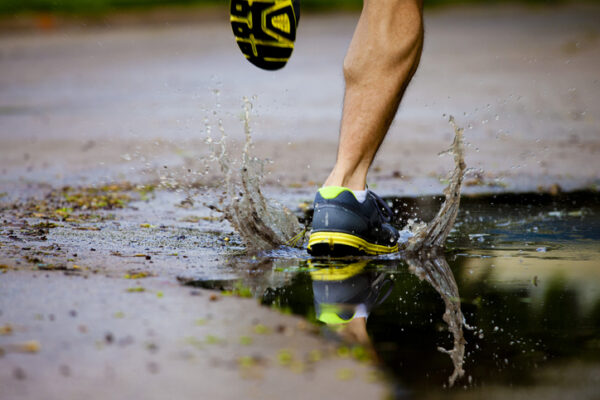

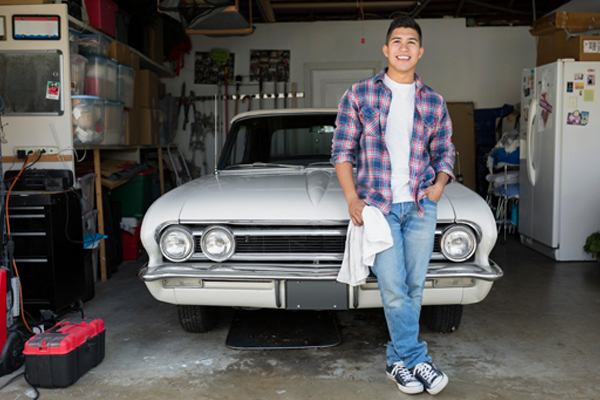
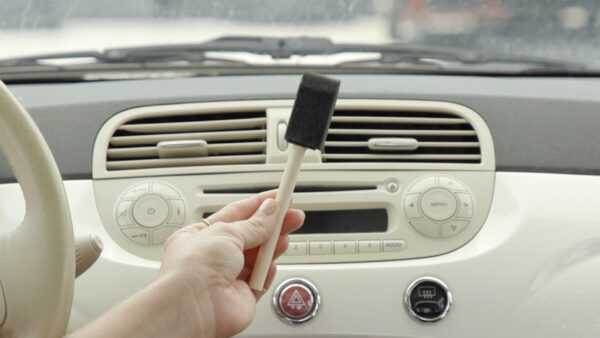
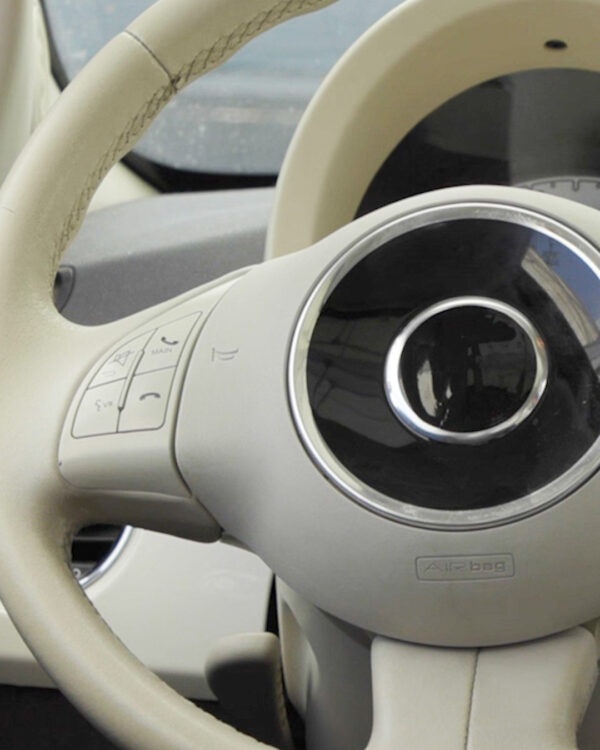




 Accidents of any magnitude can be scary. That’s why professional, friendly insurance agents are available to help guide you through the claim process. Report a claim via the
Accidents of any magnitude can be scary. That’s why professional, friendly insurance agents are available to help guide you through the claim process. Report a claim via the 



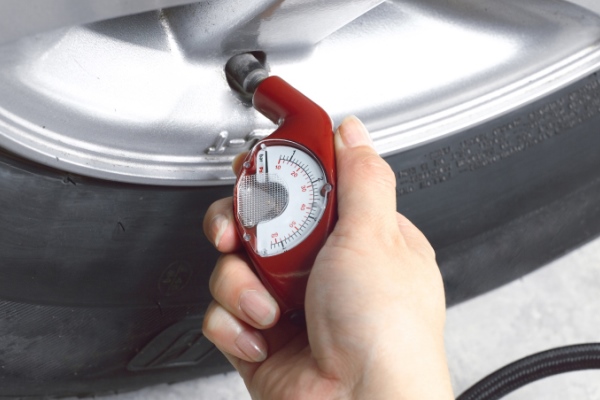

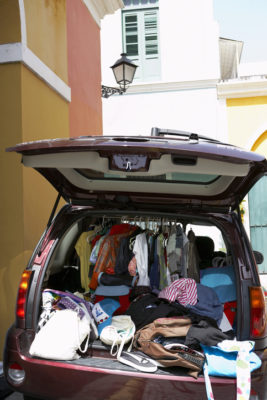

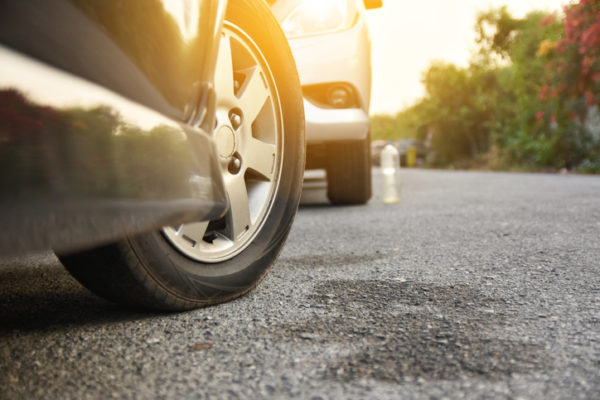
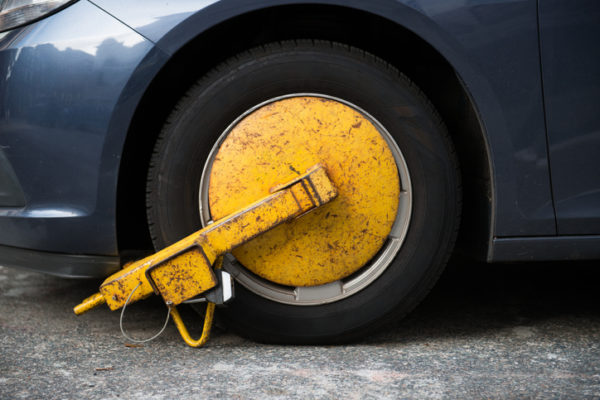

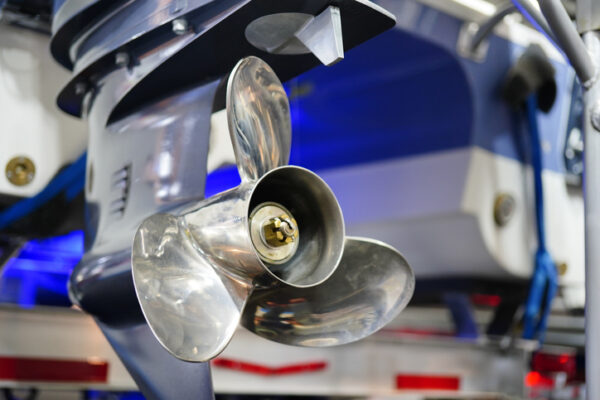



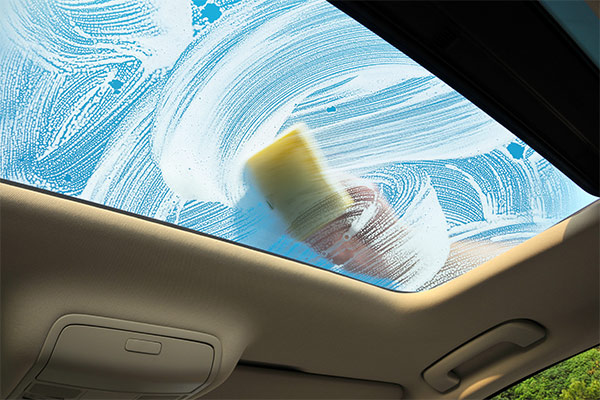

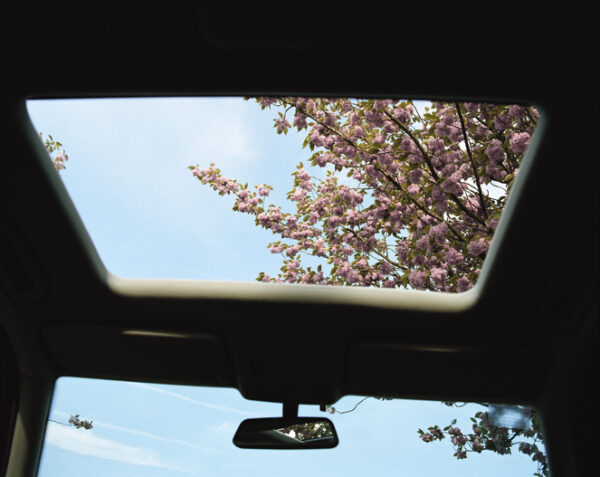

 Before setting up tables and chairs, give your yard a mini-makeover, says Seri Kertzner, owner of Little Miss Party Planner in New York City (which, yes, does have plenty of backyards). You don’t need to go overboard by planting all new stuff, she suggests—but give your lawn and hedges a trim. “Removing the overgrowth not only looks great,” she says, “but also helps keep away bugs.” Spruce up your yard with potted plants and flowers for a natural-décor theme. And if you plan on going into the night, place tiki torches near seating areas (keeping a safe distance from anything flammable).
Before setting up tables and chairs, give your yard a mini-makeover, says Seri Kertzner, owner of Little Miss Party Planner in New York City (which, yes, does have plenty of backyards). You don’t need to go overboard by planting all new stuff, she suggests—but give your lawn and hedges a trim. “Removing the overgrowth not only looks great,” she says, “but also helps keep away bugs.” Spruce up your yard with potted plants and flowers for a natural-décor theme. And if you plan on going into the night, place tiki torches near seating areas (keeping a safe distance from anything flammable).
 Your menu will likely be the main event. According to Michael Ruhlman, author of the book Grocery: The Buying and Selling of Food in America, hosting an outdoor affair creates opportunities to serve everything from favorite finger foods to high-end grilled meats and veggies. Backyard parties are also a good chance to experiment. If Ruhlman is serving macaroni or potato salad, for example, he may put some jerk paste or chipotles in the mix. “Food should be heavily seasoned, highly spiced,” he says. “And at least one item should be cooking on a grill for the aroma and smoke.” (
Your menu will likely be the main event. According to Michael Ruhlman, author of the book Grocery: The Buying and Selling of Food in America, hosting an outdoor affair creates opportunities to serve everything from favorite finger foods to high-end grilled meats and veggies. Backyard parties are also a good chance to experiment. If Ruhlman is serving macaroni or potato salad, for example, he may put some jerk paste or chipotles in the mix. “Food should be heavily seasoned, highly spiced,” he says. “And at least one item should be cooking on a grill for the aroma and smoke.” (


 Upgrade Your Front Door
Upgrade Your Front Door
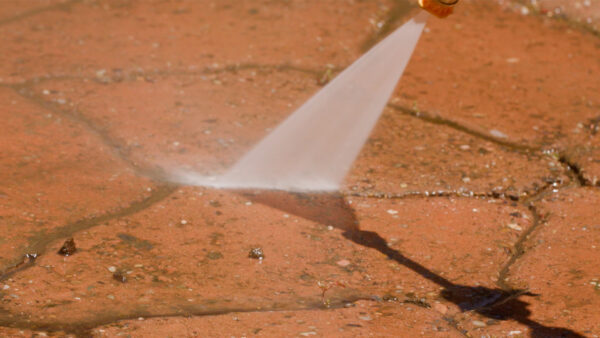
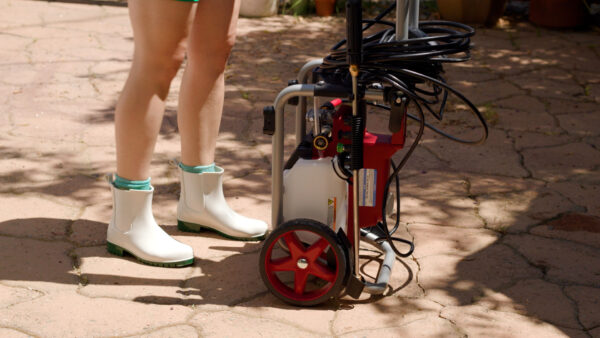

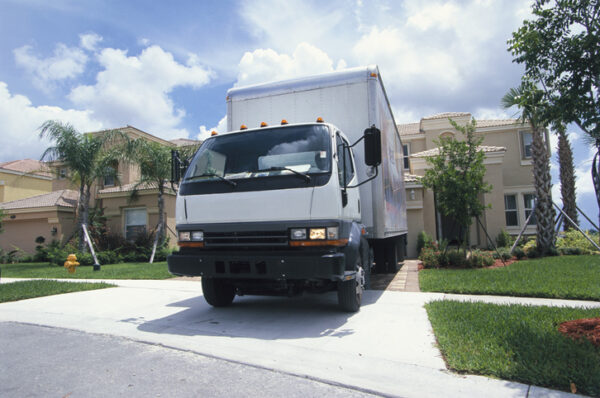







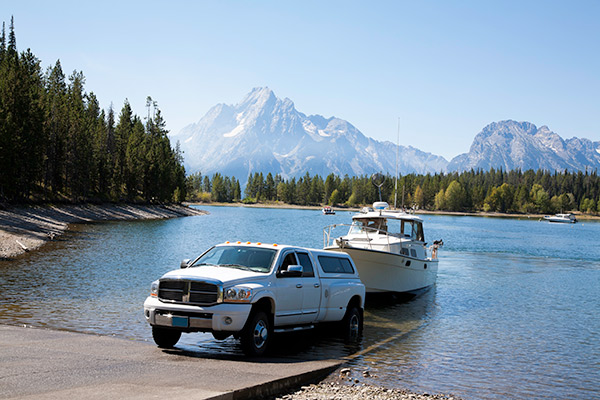
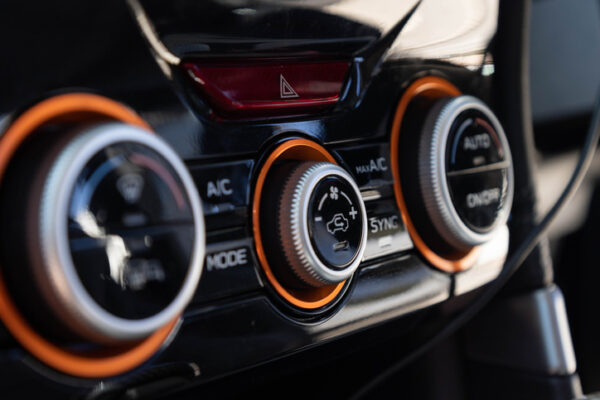
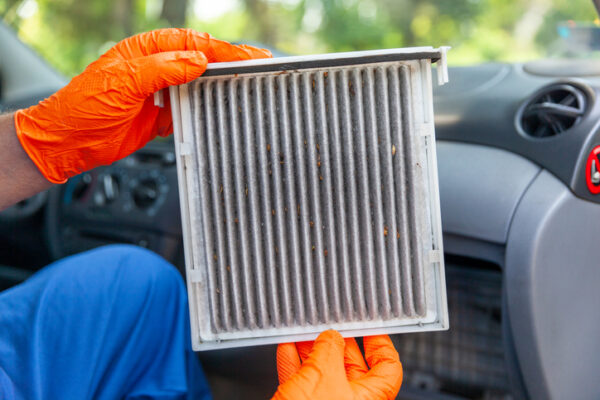





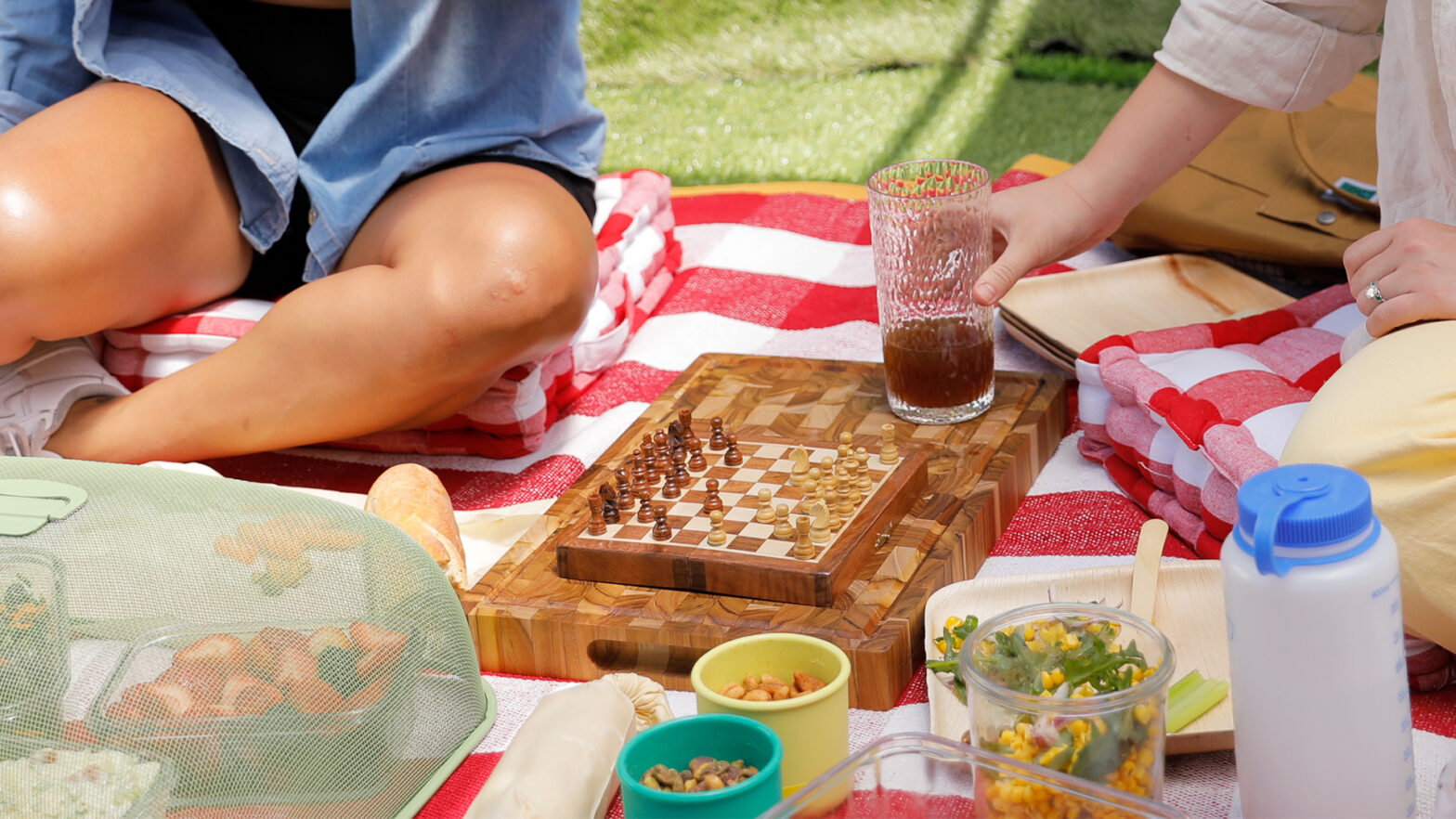



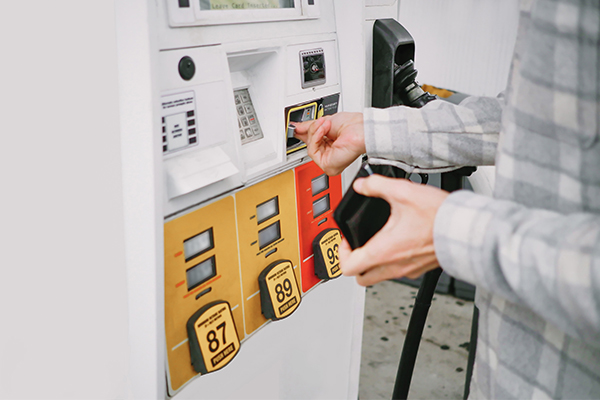
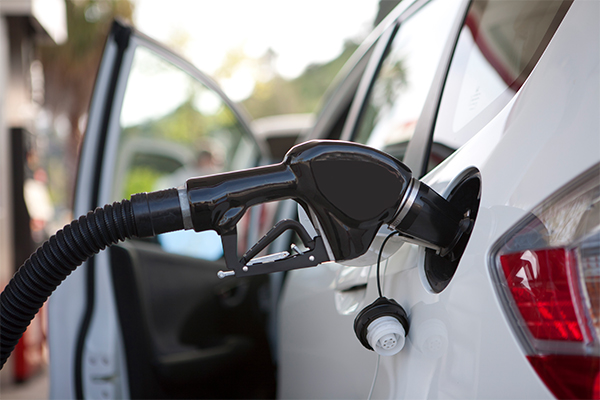

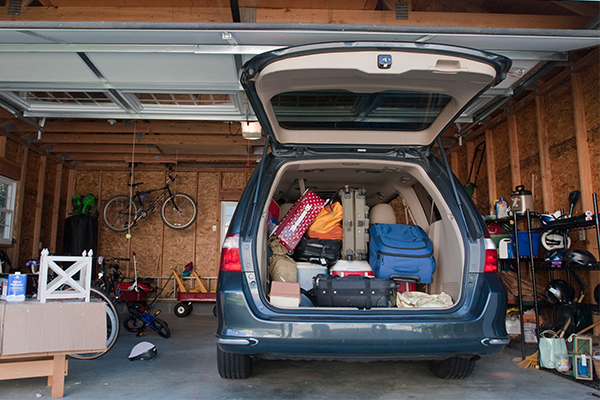













 App-Powered Audio
App-Powered Audio Lights, Cameras, Safety
Lights, Cameras, Safety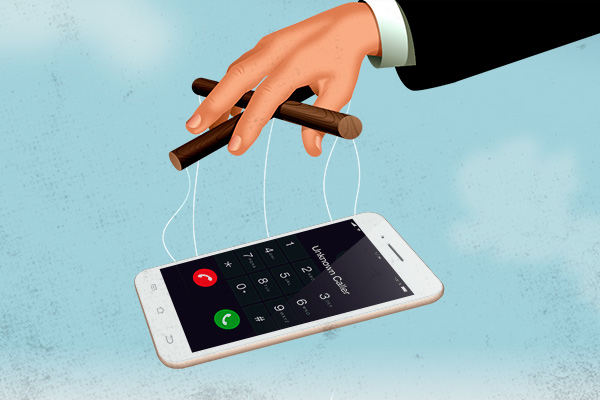
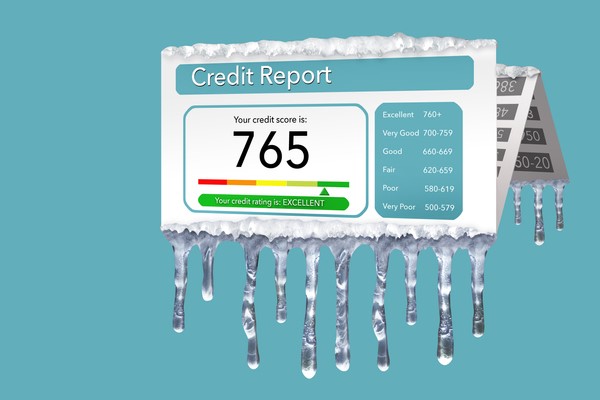
 Watch For Phishing Emails
Watch For Phishing Emails

 “
“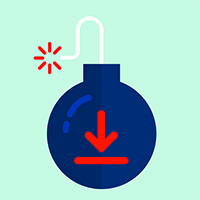 Malware apps can gain access to a user’s personal information, capture login and password information, see location data, download additional nefarious apps or spread malware by making the phone part of a botnet (an infected network run without the user’s knowledge).
Malware apps can gain access to a user’s personal information, capture login and password information, see location data, download additional nefarious apps or spread malware by making the phone part of a botnet (an infected network run without the user’s knowledge). Many public Wi-Fi connections are unsecured and unencrypted, so any information you enter while connected could be intercepted. This gives a hacker access to your browsing activity and account logins, making passwords and other data vulnerable to theft.
Many public Wi-Fi connections are unsecured and unencrypted, so any information you enter while connected could be intercepted. This gives a hacker access to your browsing activity and account logins, making passwords and other data vulnerable to theft. Most voicemail accounts are protected with a four-digit passcode, which hackers can typically crack without a lot of effort. Once inside your voicemail, a hacker could access an online account or app and ask for a password reset via a phone call. If you miss the call and the automated service leaves a voicemail with the reset code, a hacker could access that account.
Most voicemail accounts are protected with a four-digit passcode, which hackers can typically crack without a lot of effort. Once inside your voicemail, a hacker could access an online account or app and ask for a password reset via a phone call. If you miss the call and the automated service leaves a voicemail with the reset code, a hacker could access that account.



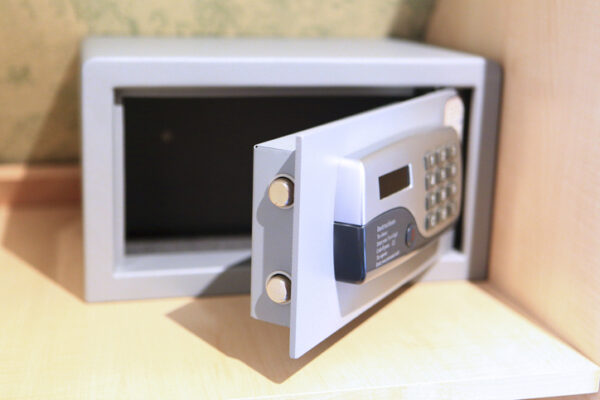










 Focus On Breathing
Focus On Breathing


